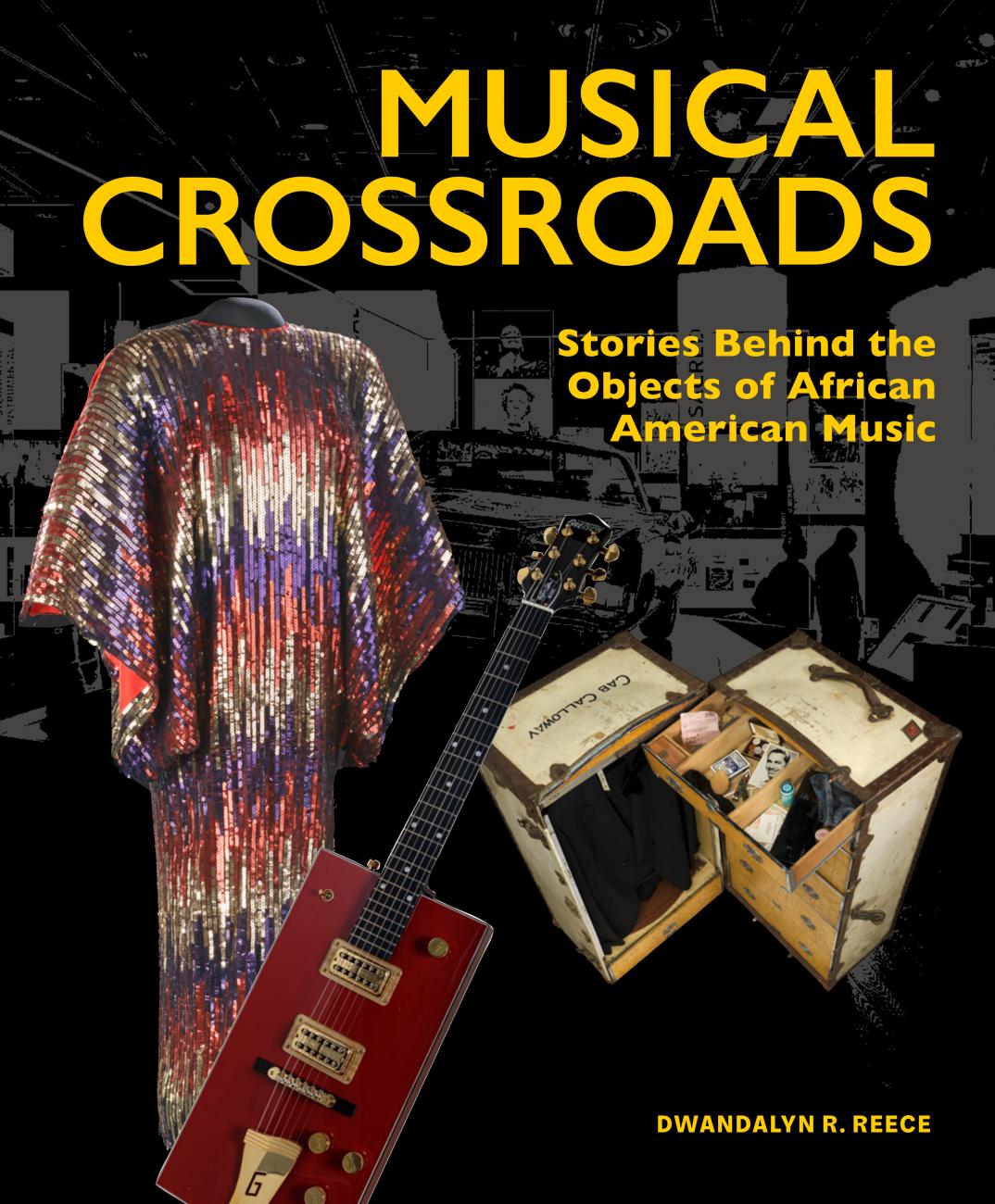The Influence of African Culture on Modern Music Worldwide
African culture has profoundly shaped the landscape of modern music across the globe. Its rhythmic complexity, melodic structures, and vibrant performance traditions have been integral in the development of countless genres, influencing musical styles from the Americas to Europe and beyond. This influence isn't a recent phenomenon but a continuous evolution spanning centuries, fueled by migration, cultural exchange, and the enduring spirit of African musical heritage.
Rhythmic Foundations: The Heartbeat of Global Music

At the core of African music lies a sophisticated understanding and application of rhythm. Polyrhythms, the simultaneous layering of contrasting rhythms, are a defining characteristic. This creates a rich, textured soundscape that departs significantly from the more linear rhythmic structures found in some other musical traditions. This rhythmic complexity is not merely decorative; it's deeply interwoven with dance, storytelling, and social interaction within African communities.
The influence of African rhythmic techniques is particularly evident in the development of various Latin American musical forms. Salsa, samba, rumba, and cumbia all owe a significant debt to the polyrhythmic traditions brought to the Americas by enslaved Africans. These rhythms were adapted and blended with indigenous and European musical elements, giving rise to the distinct sounds we recognize today. Similarly, the rhythmic drive behind genres like reggae and soca in the Caribbean can be traced back to African roots.
The Role of Percussion
Percussion instruments are central to African musical traditions. A wide array of drums, shakers, rattles, and bells are used to create complex rhythmic patterns. The djembe, a goblet-shaped drum originating from West Africa, has become particularly popular worldwide, demonstrating the global appeal of African percussion. Beyond the instruments themselves, the techniques used to play them – intricate hand patterns, dynamic variations, and call-and-response interactions – have been adopted and adapted by musicians across genres. Consider the prevalence of drum circles, often incorporating West African drumming techniques, as a testament to this influence.
Melody and Harmony: The Soulful Connection

While rhythm is often emphasized, the melodic and harmonic aspects of African music are equally important. Pentatonic scales, which use only five notes, are common, lending a distinctive flavor to many African melodies. The use of call-and-response patterns, where a lead vocalist sings a phrase and a chorus responds, creates a dynamic and participatory musical experience. This format is not only musically engaging but also fosters a sense of community and shared expression.
The blues, a cornerstone of American music, owes a significant portion of its melodic and harmonic structure to African musical traditions. The "blue notes," flattened notes that add a characteristic mournful quality, are believed to have originated in West African vocal styles. Furthermore, the call-and-response format is a defining feature of the blues, directly reflecting its African roots. From the blues, this influence spread to jazz, rock and roll, and countless other genres, shaping the very foundation of popular music.
Gospel Music: A Testament to Faith and Resilience
Gospel music, born from the African American experience, is a powerful example of the fusion of African musical traditions with Christian religious expression. The soaring vocals, heartfelt lyrics, and rhythmic intensity of gospel music reflect the strength and resilience of the African American community in the face of adversity. The use of call-and-response, improvisation, and fervent emotional expression are all hallmarks of African musical heritage that have been preserved and transformed within the context of gospel music.
Influence on Modern Genres: A Global Tapestry

The influence of African music extends far beyond its direct contributions to genres like blues and gospel. It has subtly yet profoundly shaped the evolution of numerous other musical styles around the world. For example, hip-hop, with its emphasis on rhythm, spoken word, and social commentary, draws heavily from African oral traditions and rhythmic patterns. Sampling, a key element of hip-hop production, often incorporates fragments of African music, further highlighting this connection.
In recent decades, Afrobeats, a contemporary West African genre, has gained immense popularity globally. Artists like Wizkid, Burna Boy, and Davido have brought Afrobeats to international audiences, showcasing its infectious rhythms, catchy melodies, and vibrant energy. The success of Afrobeats demonstrates the enduring appeal of African music and its ability to resonate with listeners from diverse cultural backgrounds.
Electronic Music and Beyond
Even in genres like electronic music, the influence of African rhythm can be discerned. The complex polyrhythms found in some forms of electronic dance music, particularly those that draw inspiration from world music, owe a debt to African rhythmic traditions. As musicians continue to explore new sounds and push the boundaries of musical expression, the rich and diverse musical heritage of Africa will undoubtedly continue to inspire and influence the music of the future.
In conclusion, the influence of African culture on modern music worldwide is undeniable and multifaceted. From its foundational rhythmic principles to its soulful melodic expressions, African music has left an indelible mark on the global musical landscape. This influence continues to evolve, shaping the sounds of today and inspiring the music of tomorrow.

Comments
Post a Comment